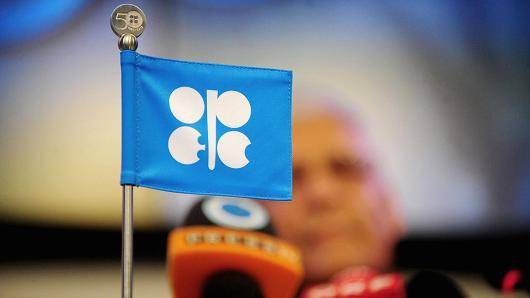There are two popular theories regarding how and why oil prices should rise. As the energy bubble was credit-fueled, I will provide a credit market perspective on the energy sector.
One theory is that the Saudis will bow to the wishes of OPEC (and potentially non-OPEC) producers and agree to production cuts. The idea is that once these swing producers reduce production oil prices should rise, perhaps to high-double-digit prices. This misses the fact that most U.S. shale oil drillers become profitable somewhere between $40 and $55 per barrel. As oil prices would approach this area, U.S. production would probably increase, particularly if it meant it could steal market share from foreign producers.

Then there is debt. The energy boom was debt-fueled. Thus, many U.S. producers are incentivized to keep pumping if it generates cash flow with which drillers can service debt. This is not dissimilar to countries, such as Venezuela which gets about 95% of its revenues from oil. They need to keep drilling at nearly any price to generate whatever revenue they can.
Another popular theory states that, once we see defaults in the U.S. energy patch, production will finally decline and oil prices should rise significantly, perhaps. There is a glaring flaw in this theory and it has to do with U.S. bankruptcy law.
Filing for bankruptcy does not necessarily mean “going out of business.” In the case of Chapter XI bankruptcy, a company remains “in business.”
However, it can receive significant debt relief. This was the idea behind the U.S. auto industry bankruptcies following the financial crisis. General Motors (GM) and Chrysler (FCAU) were permitted to continue on without the burden of debt. If that occurs in the energy patch, there could be a number of shale players which could continue pumping, but without the encumbrance of large sums of debt, could be profitable at very low oil prices following a Chapter XI filing. It is possible some might be profitable around $30 per barrel.













Leave A Comment